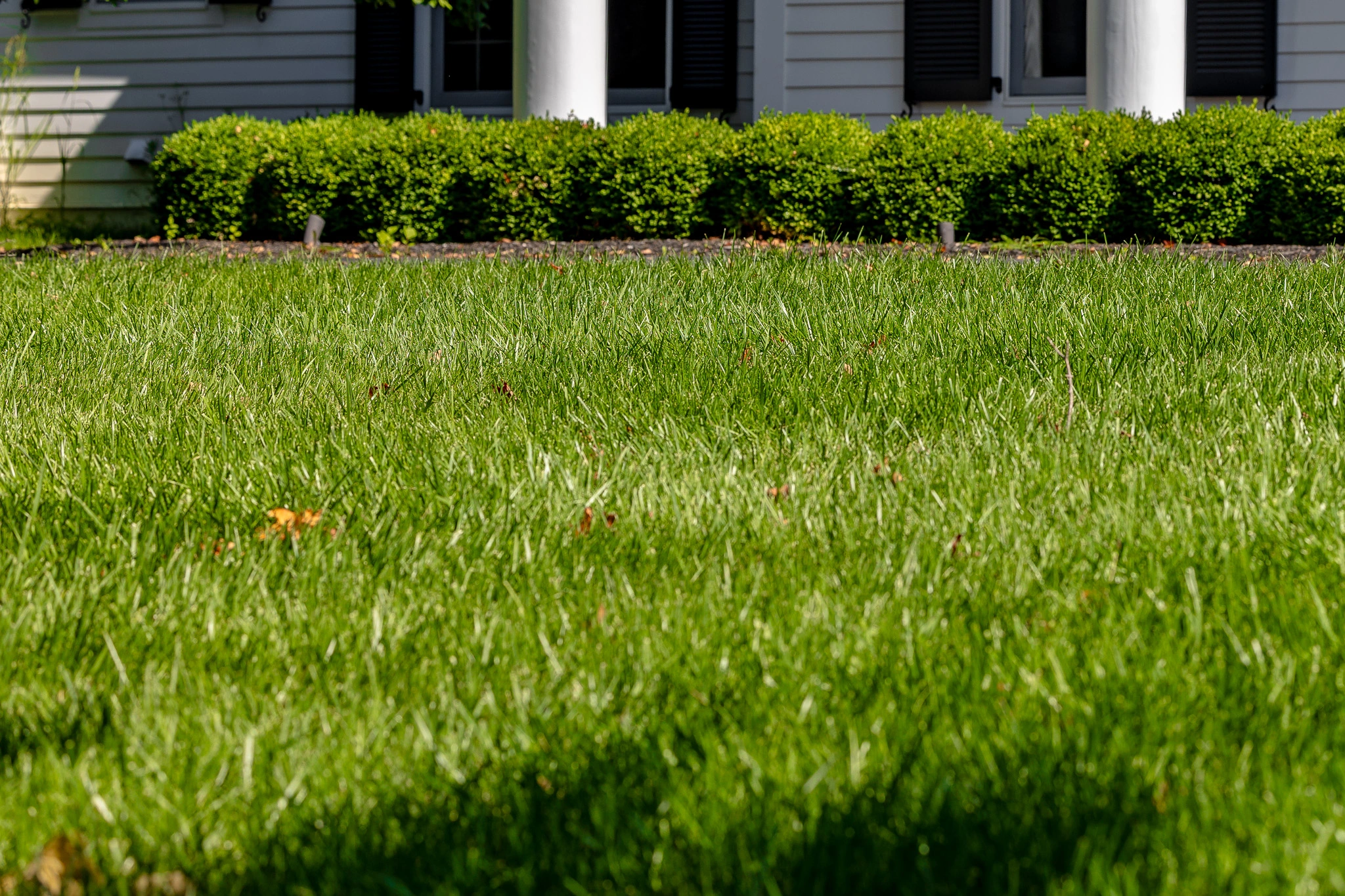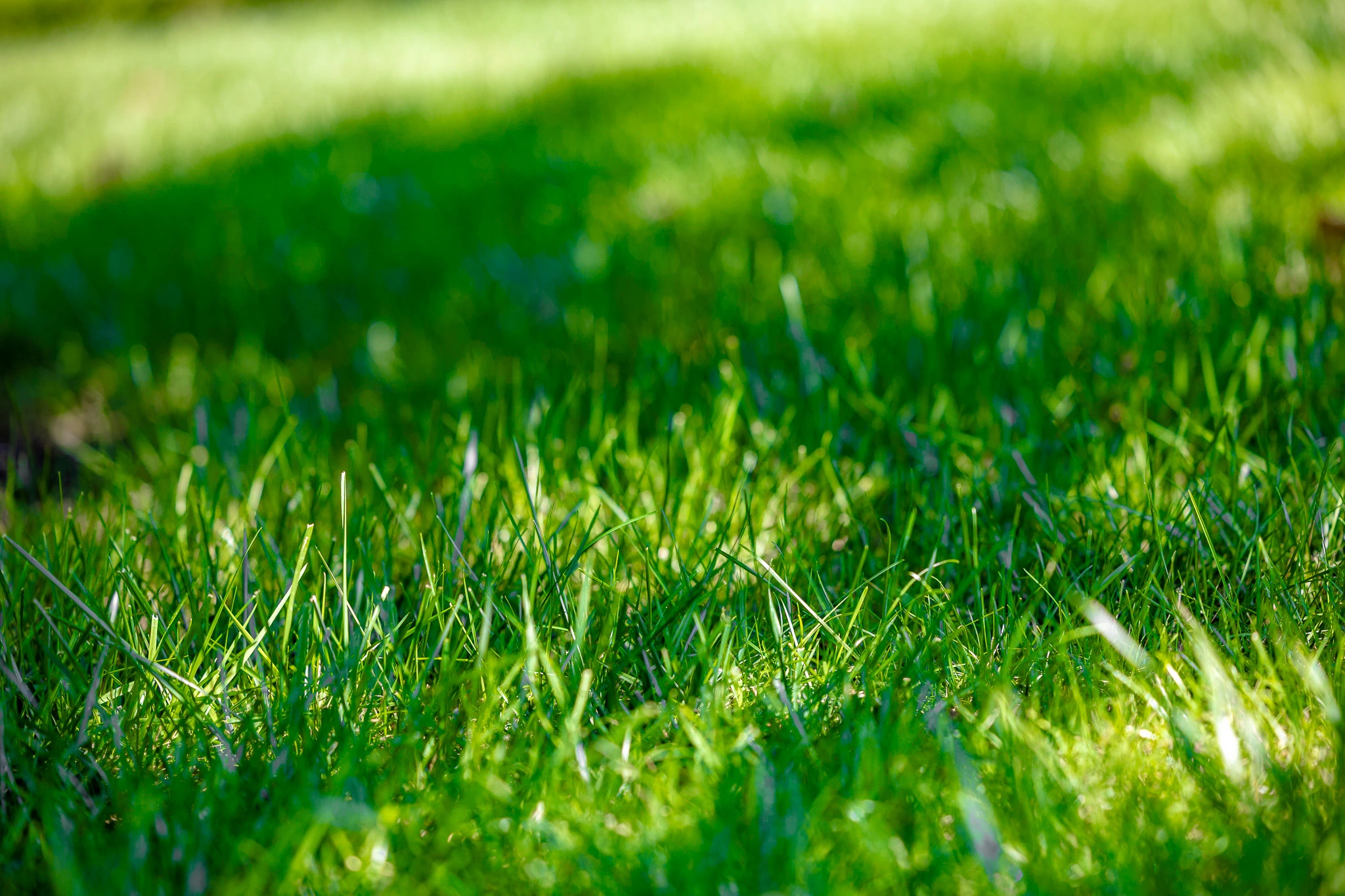As snow begins to cover the ground, homeowners bear the responsibility of keeping their lawns healthy and happy despite the cold. Proper snow removal is an important step in maintaining a lush and vibrant lawn when spring arrives. In this blog, we'll explore the best practices for snow removal that will leave your lawn pristine under its frosty blanket.

-
Timing is Key:
When it comes to snow removal, timing is crucial. It's best to tackle the task as soon as possible after the snowfall. Prompt removal prevents the formation of compacted ice and reduces the risk of snow mold, a common lawn disease that thrives in cold, wet conditions.
-
Use the Right Tools:
Choosing the right tools for snow removal is essential to prevent damage to your lawn. Opt for a snow shovel with a non-abrasive edge or a snow blower that can efficiently clear snow without harming the grass beneath. Avoid metal shovels or snow plows that can scrape and tear the turf.
-
Shovel in the Right Direction:
When shoveling snow manually, always push it to the side rather than lifting and throwing it. This reduces the likelihood of damaging the grass. Additionally, avoid piling snow too high, as this can block sunlight and lead to snow mold or other lawn diseases.
-
Use Deicers Wisely:
Deicers can be helpful in preventing ice formation on driveways and walkways, but they should be used judiciously around the lawn. Choose a pet-friendly, eco-friendly deicer and apply it sparingly to avoid damage to the grass. Avoid using rock salt, as it can be harmful to both the lawn and nearby plants.
-
Beware of Salt Accumulation:
Excessive use of salt can result in salt accumulation in the soil, leading to soil compaction and nutrient imbalances. To counteract this, consider aerating your lawn in the spring to improve soil structure and ensure proper nutrient absorption.
-
Protect Your Plants:
When clearing snow, be mindful of the surrounding plants and landscape features. Piling snow on top of plants, especially evergreens, can cause breakage and damage. Aim to gently remove snow from branches and foliage to prevent any long-term harm.



Comments (0)
Thanks for your comment!
Thanks for your feedback! Your comments have been successfully submitted! Please note, all comments require admin approval prior to display.
Error submitting comment!
There is a problem with your comment, please see below and try again.